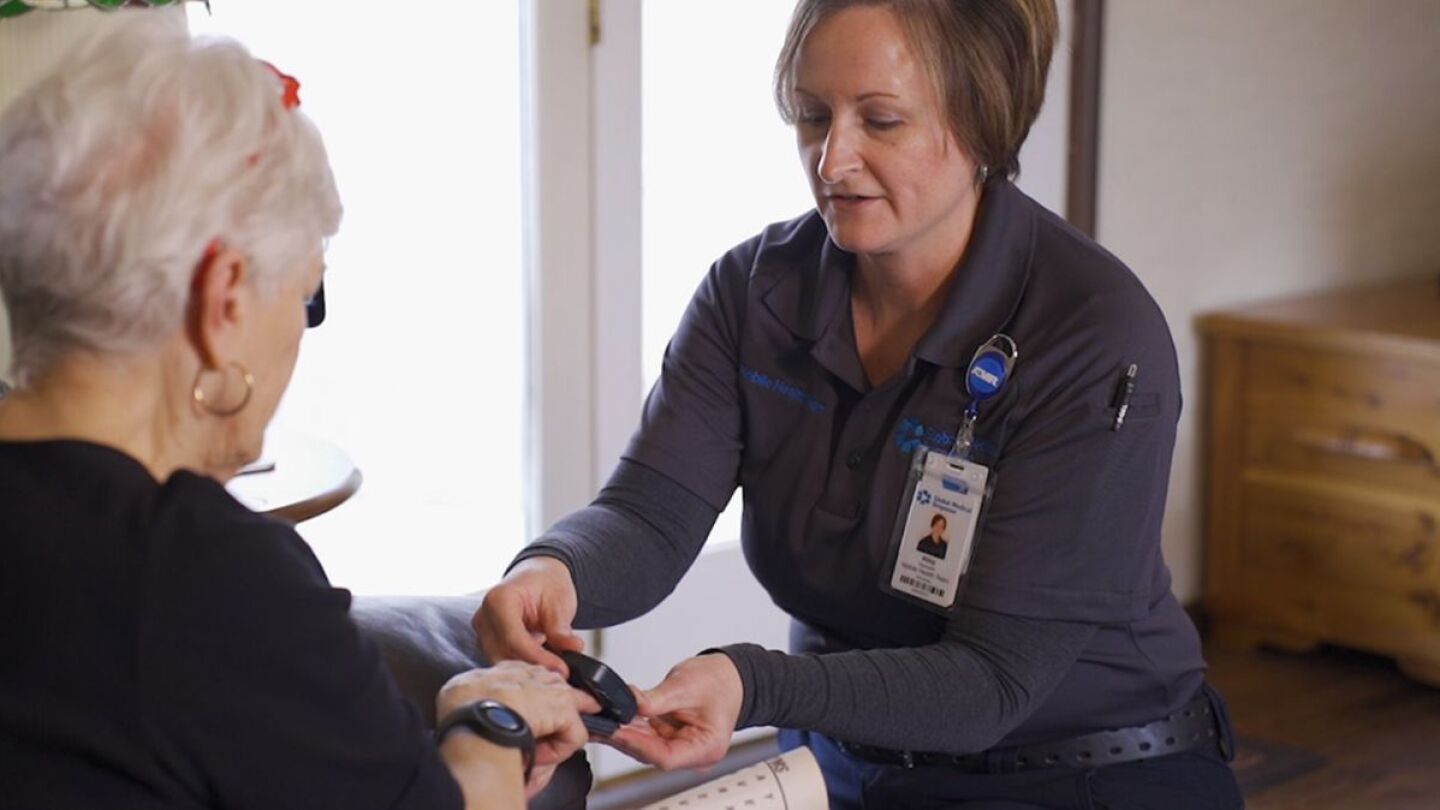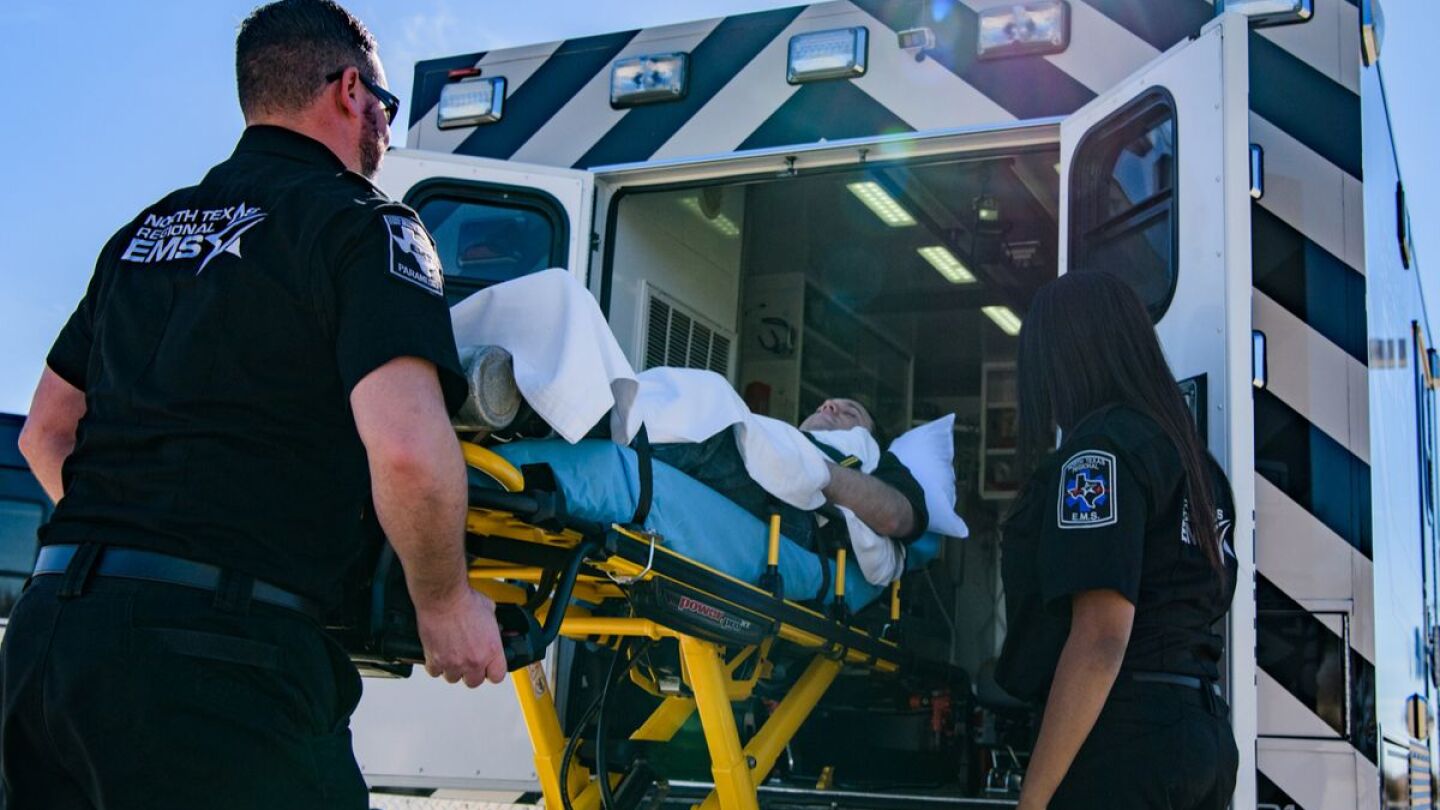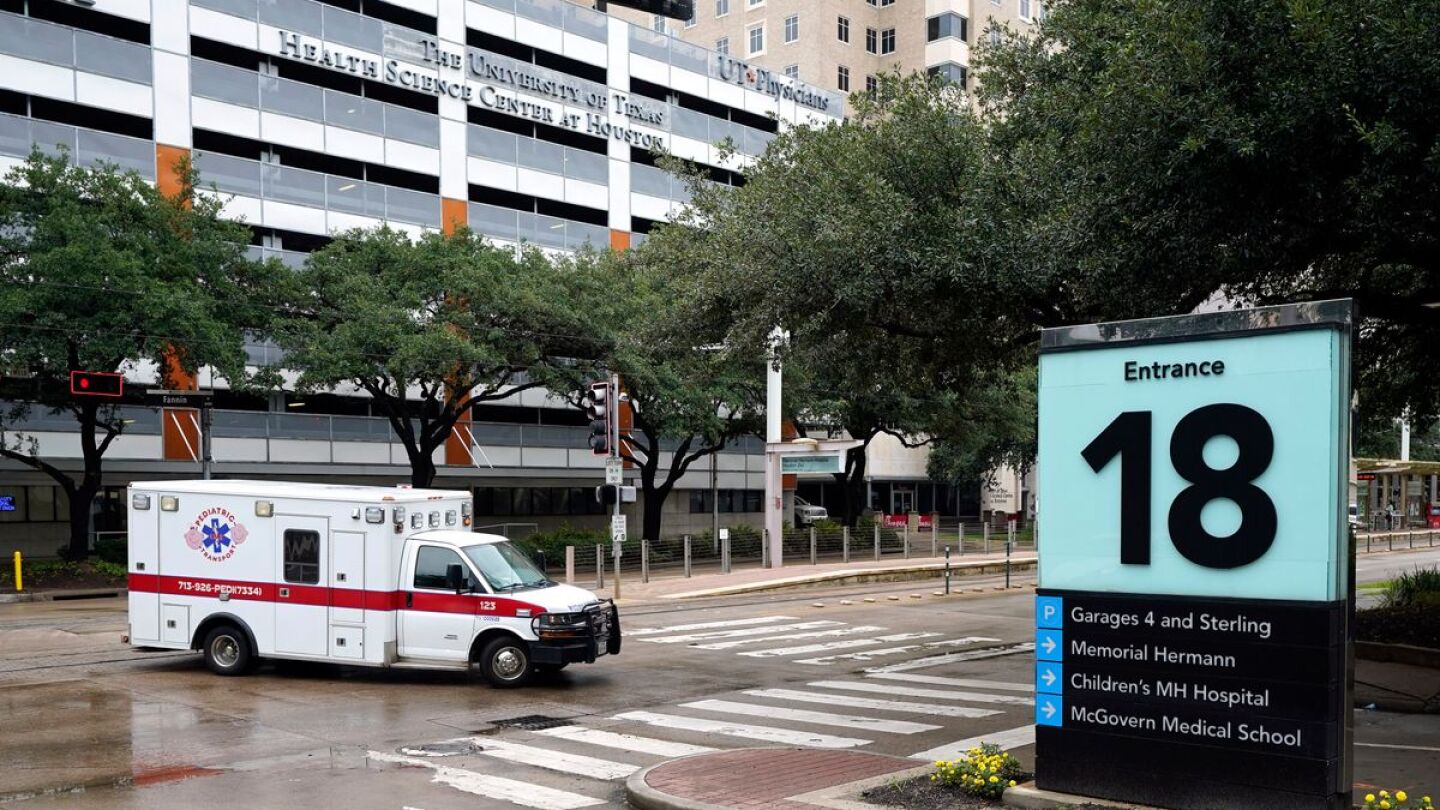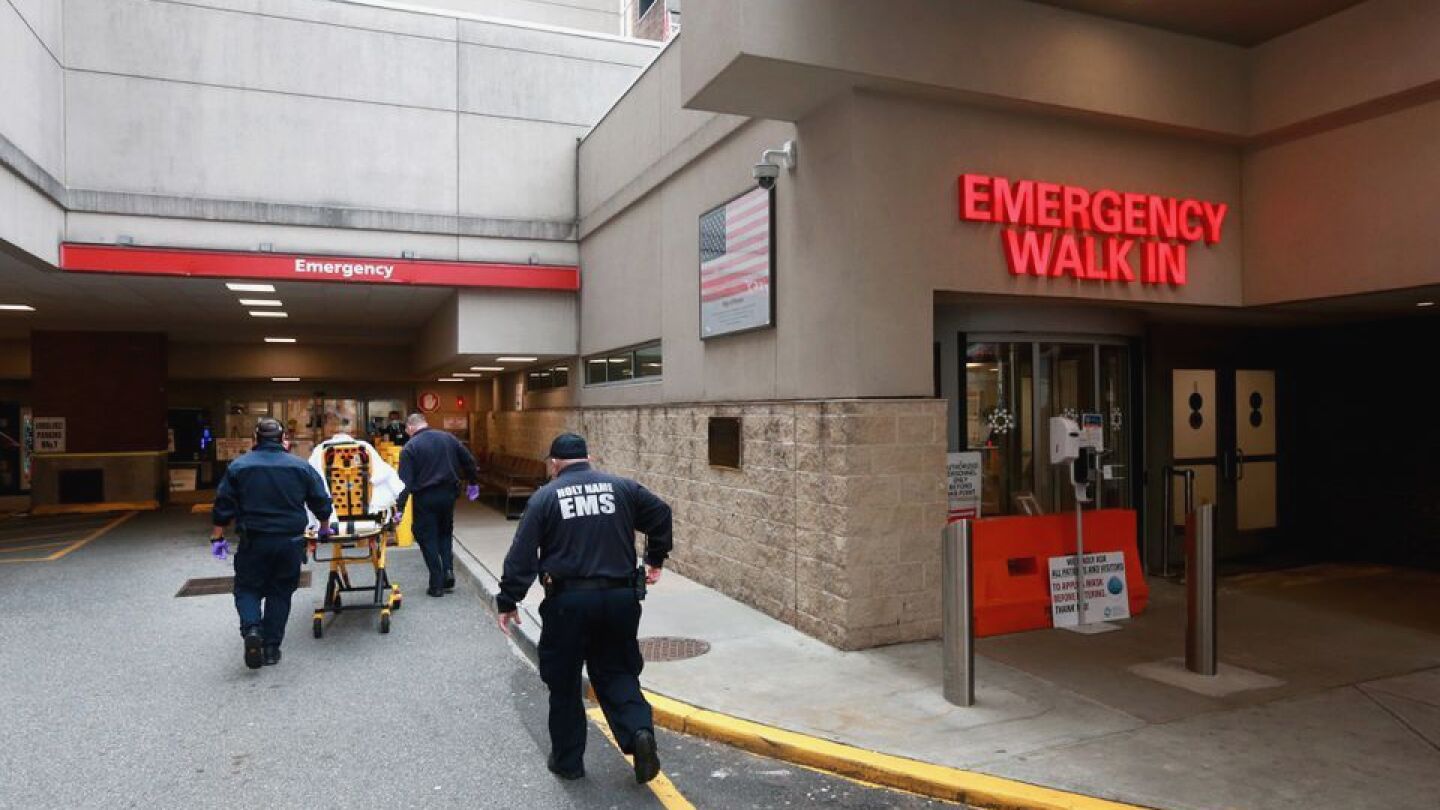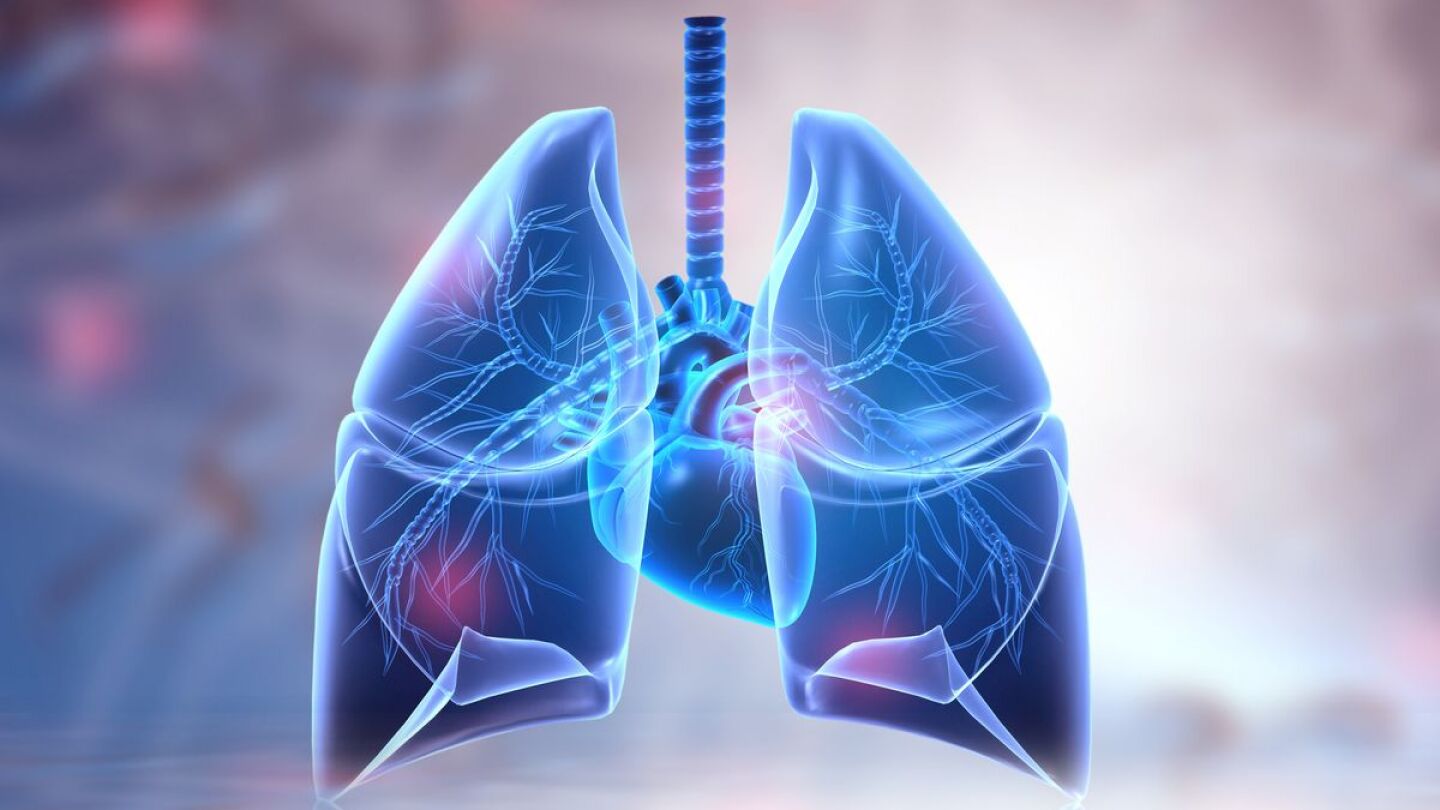Patient Assessment
Patient assessment is the process an EMT or paramedic follows to evaluate an injured or ill patient. The process includes a scene size-up, which is the identification and mitigation of risks, a primary assessment to find and fix life threats and a secondary assessment to perform a focused history and physical exam of the patient. Each step is an opportunity to collect information that will guide treatment and inform a transport decision. In the EMS1 Patient Assessment topic find the latest news about patient assessment and top resources to improve your patient assessment skills.
An easy patient assessment activity you can incorporate in any classroom
Improve your patient care and decrease your legal liability risk with conscious, deliberate practices
Learn how implicit bias is shaping (and harming) the care we give to female patients
Replacing dogma with current best practice updates on burn assessment and treatment
MCHD discusses prehospital pain management with the transition of IV acetaminophen from patent to generic
A simple framework for an EMT skills competency portfolio
How young patients’ unique anatomy and physiology impact trauma assessment and management
It’s not all about breathing rates: hypercapnia risk factors and complications
How effective are mobile stroke units at decreasing time to tPA administration and improving functional neurologic outcomes?
The 2022 ESO EMS Index also showed an increase in stroke assessment performance, and that most patients were transported without lights and siren
TBI risk factors, managing patient refusals and oxygenation tips for treating head injuries
MCHD Cpt. Megan Powell shares a harrowing COVID-19 case
The Cleveland Clinic shares ET3 success with its Virtual Emergency Medicine Program
Ben’s Blue Bags founder Matthew Kodicek said they are also useful for small children and anyone else who may struggle to communicate with first responders
In this episode, our co-hosts are joined by Eko Health Chief Medical Officer Dr. Adam Saltman who discusses best practices for using a stethoscope
The decision to treat on scene or transport should depend on the training and abilities of the responders, not on the equipment at hand
The new policy should help hospitals cut about 15-20% of daily calls for service, said Dan Lynch, emergency medical services director
Look beyond the classic symptoms of cyanide, and CO poisoning, and thermal inhalation, to find the best course of treament
As the numbers of pediatric patients with diagnosed mental health conditions climb, EMS providers will be increasingly asked to treat these kids
For those with a related diagnosis, they may struggle with emergency sights and sounds or being touched, which can trigger anxiety and lead to outbursts that look like noncompliance
The rights of EMS agencies and remedies if hospital bed delays cannot be satisfactorily resolved through collaboration with hospital counterparts
David Bagioni, an EMS provider who has dealt with hearing loss since his early 20s, says the Eko CORE is ‘a game changer’ for him
Drs. Antevy, Piehl and Spiro evaluate EMS video of a patient receiving whole blood and a finger thoracostomy
Dr. Casey Patrick shares his ePCR pet peeves and the absolute last thing that should be included in the chart
Kelly Grayson shares how the digital amplification option from Eko stands up to rig noise and abuse
Antevy, Piehl and Spiro evaluate differential diagnoses and key interventions for a provider-captured video
Consider incorporating these three ways to use a digital stethoscope in your EMS training exercises and testing
The UCSF physician team discusses how to best treat our stoke patients in the pre-hospital setting
Abdominal pain can be a benign case of indigestion, or immediately life-threatening, such as a ruptured abdominal aortic aneurysm
The chief officers, firefighters, EMTs and paramedics who responded to the Jan. 6 insurrection at the U.S. Capitol describe responding to the ill and injured
In the prehospital setting, we haven’t traditionally been able to see inside of our patients to tell what’s going on, but we’ve always been able to hear, and that skillset remains invaluable for the EMS professional



